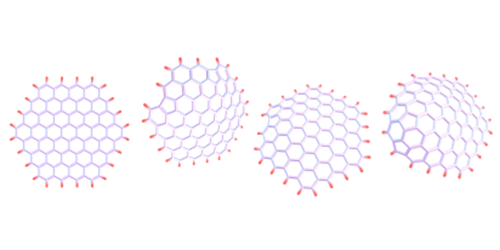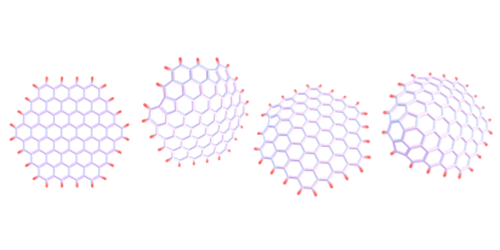Explaining Mysterious Cosmic Emissions
Nailing down the chemical makeup of cosmic space will help us understand the origins of planets, stars, and maybe even life. That’s why researchers have spent decades trying to identify the chemicals that produce a series of mysterious peaks in the infrared (IR) spectrum of space. One idea is that this so-called cosmic unidentified infrared emission comes from hydrocarbons containing structural defects. Héctor Galué of Vrije University, Netherlands, and Grisell Leines of Ruhr University Bochum, Germany, now propose a physical model supporting this picture.
In the 1980s, researchers ascribed the unidentified IR peaks to molecules known as polycyclic aromatic hydrocarbons (PAHs). These planar molecules consist of hydrogen and carbon atoms, with the carbons in rings arranged in a way that resembles chicken wire. When a PAH is heated, its vibrational modes cause it to emit radiation at wavelengths that seem to match those of the unidentified IR peaks. However, the exact wavelengths of the IR peaks are known to shift depending on the astrophysical environment—say, interstellar space versus a planetary nebula. The basic PAH model doesn’t provide an explanation for this fact.
Several years ago, Galué proposed that the emission might instead come from molecules with a carbon-ring structure like that of PAHs, yet containing structural defects that bend the rings. Such molecules are thought to be ingredients in stardust, and the defects are produced when the molecules absorb starlight. In their new work, Galué and Leines use various theoretical techniques to show that introducing the defects causes the molecules’ delocalized electrons to redistribute. This effect shifts the molecules’ vibrational emission peaks in agreement with the observed shifts in the IR emission.
This research is published in Physical Review Letters.
–Jessica Thomas
Jessica Thomas is the Editor of Physics.





